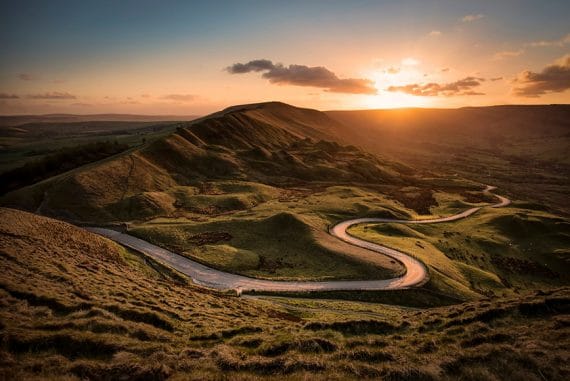
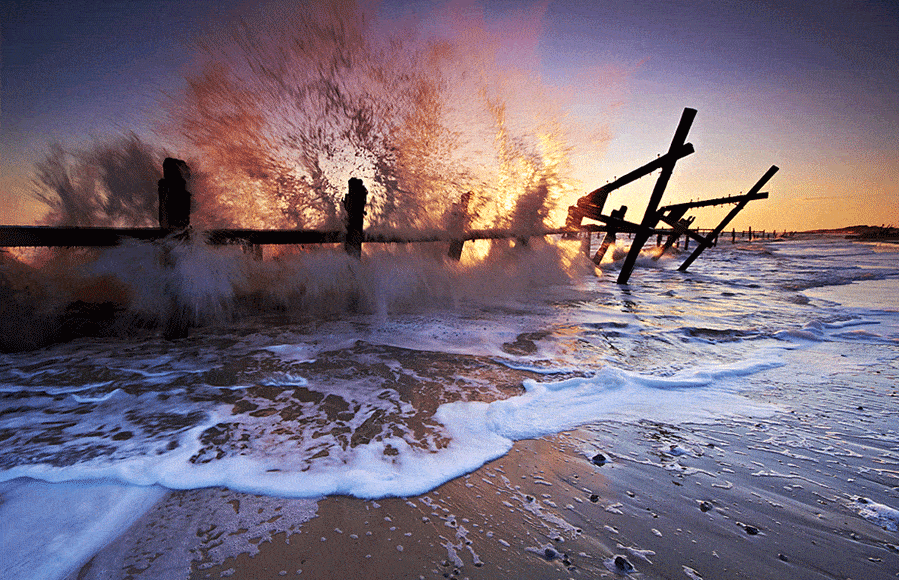
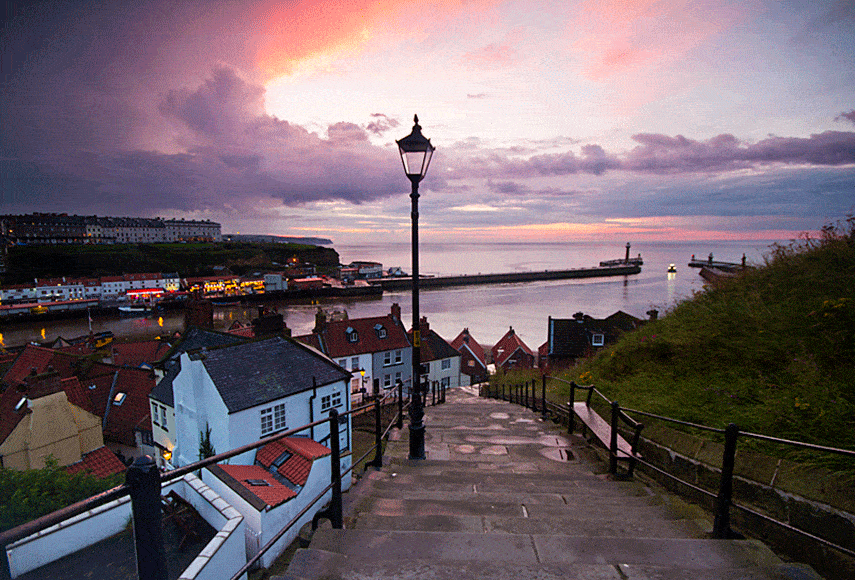
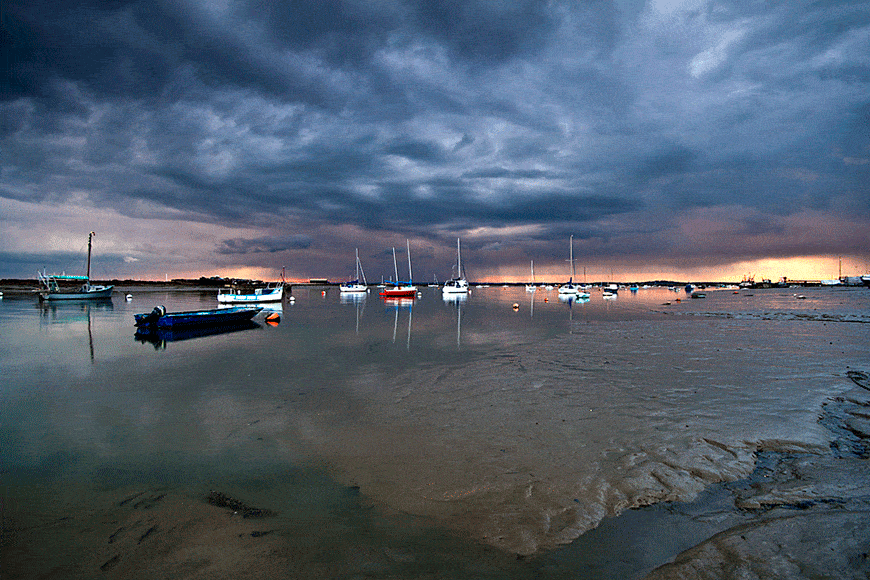
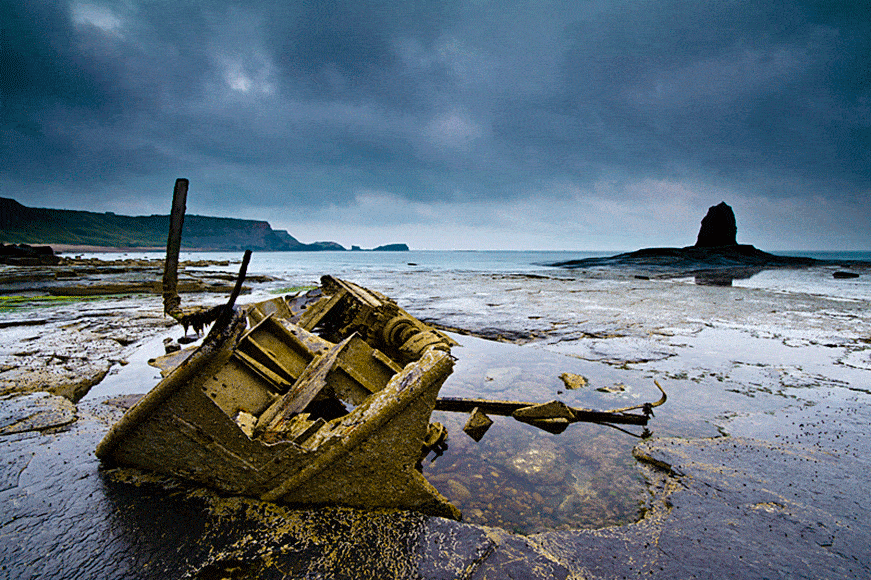
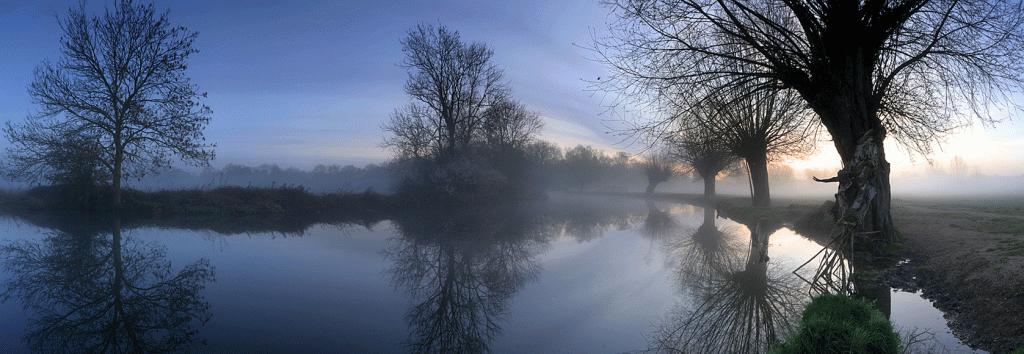
Dave Peck
Landscape | Last Updated: March 28, 2024
My passion for photography started in 1981 when I spent most of my long school holiday working at a local farm, to earn enough money to buy my first camera, a Zenith E. Since then, I have used all sorts of equipment in my former careers as a school photographer and photographer on-board cruise ships. Cameras as diverse as the Nikon FM2 and Linhof 10×8 plate camera with all sorts in between.
I remember the day I got to use a digital camera for the first time; the Nikon D1 which had a 2.7 megapixel sensor and cost around £4000 I think! Since the very first press of the shutter it has been digital all the way for me, it took the worry about whether the film was loaded correctly or not away.
My current kit is fairly simple. Everything has to earn its place in my bag. My work now is almost exclusively landscape and seascapes and everything I have is geared to that particular aspect of the hobby.
My main camera is the excellent Canon 7D. I built a small collection of lenses that were designed for the crop format since I switched from Nikon in 2006 to take advantage of the Canon 350D 8mp sensor and, in my opinion at the time, better colour handling. Although I love the full frame Canons I have not been sufficiently convinced that the quality increase is worth the switch with all the inherent cost.
I have exhibited at A2 print size along with other photographers using full frame sensors and even using the 350D the difference was not that great. It depends, very much on the glass on the front of the camera as much as anything. The 7D then fulfils my needs, is watertight (it has been soaked by waves a few times) and has everything I need to produce decent size prints.
Lenses consist of 3 zooms and a fixed macro lens. I use a Sigma 10-20mm f/4-5.6 for the majority of my landscapes, usually set on 10mm. I occasionally use my Canon 70-200mm f/4 for detail shots and have to admit that the quality of any of the L series of lenses I have used in the past beat all other lenses I have seen in terms of quality. If I were to buy any other lenses in the future I would certainly look no further than the L series. Other lenses from Sigma; a Sigma 105mm f/2.8 Macro lens which occasionally sees the light of day and an 18-70mm which is a kit lens and stays in the bag purely for family photos and snap shots.
For my landscapes and seascapes, I have some essential gear that I couldn’t do without. Most work is shot at sunrise or sunset and therefore a tripod is essential. I like a ball and socket head, as I find it quicker to use, but having tripods anywhere near salty water is generally a recipe for disaster if you expect them to last. I therefore decided a long time ago to buy a decent head and cheaper legs which I dispose of annually as they quickly get ruined unless you wash them down quickly after each shoot. The head I decided on is a Manfrotto 488RC0 Ball Head and at the moment it is mounted onto a Benbo tripod which, once you get used to it, survives better than most tripods in the sea as the locking mechanism is at the top of the leg pieces rather than at the bottom. I have had this tripod set up for 3 years now but the legs are even now starting to seize up and will need to be either repaired or I will need to invest in a new one very soon. The head, of course, I will detach and add to my next set of legs.
Other than my tripod and 10-20mm lens the other 2 essential pieces of kit are a cable release, which I buy 3 at a time from ebay (they are only £6 or so) as they rarely survive a ducking in the ocean if I get hit by a big wave and my quite brilliant Lee ND grads.
The Lee filters along with the wide angle holder are probably the best investment I have ever made. I initially went with Cokin but I felt they were giving me a strange colour cast after a year of using and cleaning and I used to have terrible trouble with them misting up on location. Since I bought the Lees I have had no such trouble. I use 0.3, 0.6, 0.9 soft and 0.6 hard grads and I also have a set of Lee Neutral density filters and a reverse grad from HiTech.
Using the grads is the single, quickest step you can take to improve your landscape photography and I have certainly never looked back since the day I bought my first one.
Also in the bag is a Panosaurus panoramic head which I use for my pans. This needs setting up when you first get it to make sure you have an easier time on the computer later. This one is set up for my 10-20mm set at 20mm. You will also notice in the picture some bin bags, for when it’s raining on location and an interval timer for doing time lapse photography (see guide).
I also have an Olympus PEN to carry around during the day. It produces nice results, takes interchangeable lenses and shoots in RAW, which I like.
All my work is copied onto my iMac, processed in Lightroom and finished in Photoshop Elements.
Finally, other equipment you need for successful landscapes are a head torch for getting to the location safely in the dark (I use one that you wind up to charge), wellington boots, spare socks (even with boots on I frequently end up with wet ones!) and an alarm clock. I aim to be on the beach an hour before sunrise for the best images can happen from this time. It is also essential to look at the tide tables and ensure that if you are working on an incoming tide you keep a close eye on your escape route.

Check out these 8 essential tools to help you succeed as a professional photographer.
Includes limited-time discounts.





